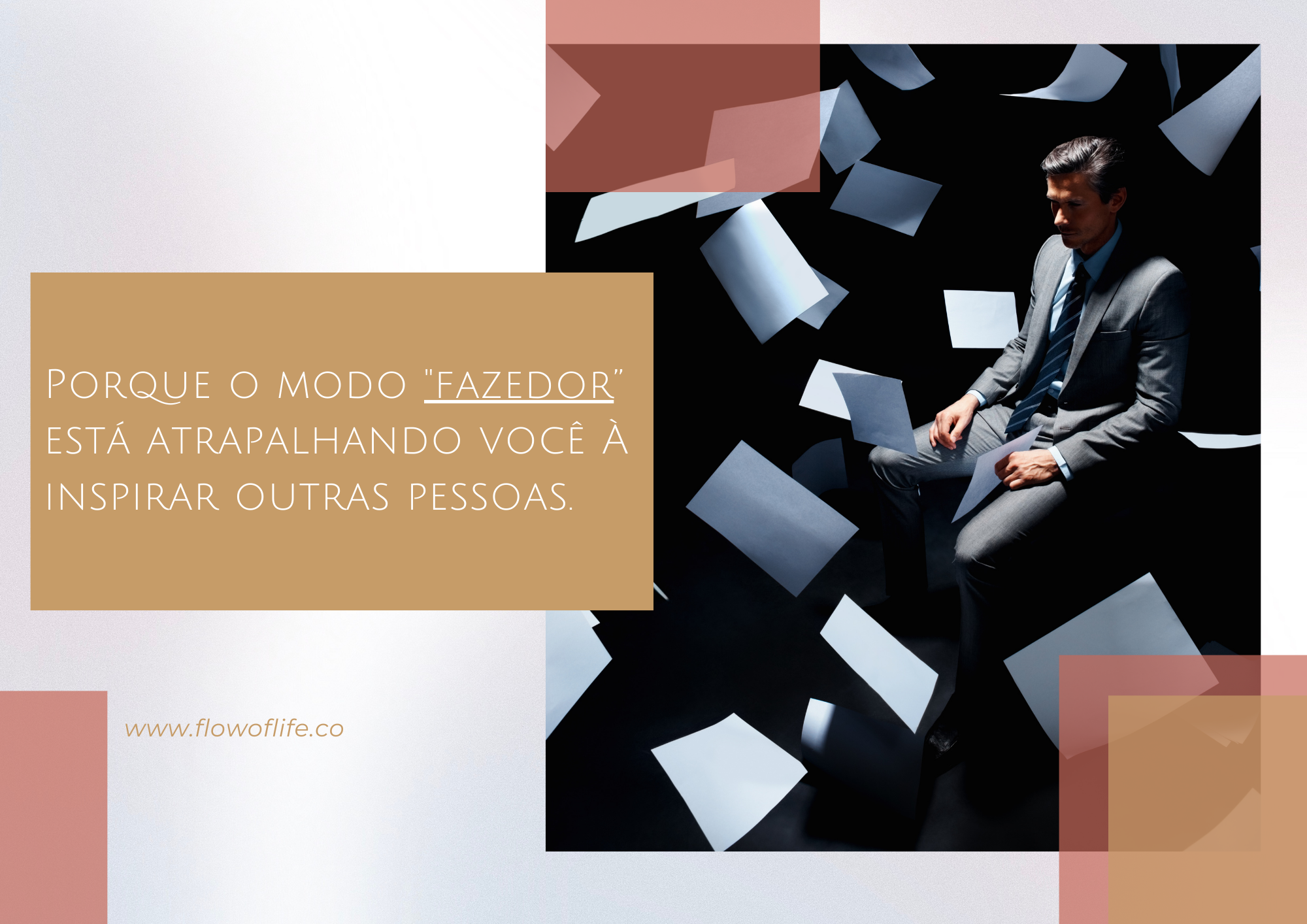Busy schedules, multitasking, always on the go and no time for a breather. These are the evils of modern times. It seems that we always need to be in "doing" mode in order to feel productive. And if stopping to meditate, or doing nothing - or even "just being" - seems impossible, you need to understand more deeply how to complement both concepts to bring more balance into your life.
"Being" and "doing" are two fundamental aspects of the human experience, often seen as opposites, but which in fact complement each other in an essential way. In our society, where "doing" often takes center stage and is valued as synonymous with productivity and success, "being" is often forgotten. However, these concepts are intrinsically linked and, when explored together, make for a fuller and more balanced life. Moreover, learning to "be" and "do" in harmony is a process that not only enriches our own life experience, but also makes us better mentors and guides for others.
But what is "being" anyway? "Being" represents a deep state of presence, where there is no need to appear to be anything you're not, or to do anything to change the present moment. In other words, it's a place of authenticity and essence, which, as author and Mindfulness teacher Jon Kabat-Zinn suggests, allows us to fully inhabit the present moment without judging or trying to change who we are at that moment. Kabat-Zinn (1994) emphasizes that "being" is the basis of any mindfulness practice, as it allows us to be in touch with our inner reality, our emotions and thoughts, without them defining us. This state of "being" is therefore a form of wisdom and self-acceptance that serves as a foundation for "doing", which in turn becomes an authentic manifestation of who we are.
On the other hand, "doing" is the way in which we act in the world, using our skills to accomplish tasks, achieve goals and turn ideas into reality. This aspect is what connects us to the external environment and allows us to contribute to our development and to society. However, when "doing" is disconnected from "being", there is a risk of losing the purpose and quality of what we do. Daniel Goleman (1995), in his study on emotional intelligence, points out that true success in any activity involves not only technical competence, but also emotional connection and conscious presence. In this way, "doing" becomes more meaningful when it is motivated by the authenticity of "being".
In the process of experiencing and teaching, these concepts are uniquely intertwined. Experiencing is the act of experiencing "being" in "doing", of putting ourselves in situations that challenge, transform and test our limits. This process not only broadens our understanding of the world, but also helps us build an authentic relationship with our own essence. By experiencing life consciously and openly, we accumulate wisdom that goes beyond theoretical knowledge, which is essential when it comes to teaching, or relaying.
Teaching (whether you're a Mindfulness instructor, a tutor, a leader or a learned friend) is therefore not just about transmitting content, but also about sharing experiences of "being" and "doing", in other words, relaying authentic insights in essence. When we teach in a connected way, we enable others not only to acquire practical skills, but also to find meaning and purpose in their actions. Parker Palmer (1998), educator and author, describes the act of teaching as a vocation that requires courage, as it involves sharing who we really are. This process is not one-sided; it is transformative for both the teacher and the learner, as both explore the meanings of "being" and "doing" together.
Adopting this approach to teaching and learning requires a state of vulnerability and openness, which is often seen as a challenge. However, this practice deeply enriches the educational experience, making it a path of self-discovery for everyone involved. In a traditional teaching scenario, where the focus is usually on "doing" - that is, on executing tasks and achieving measurable objectives - bringing "being" to the fore means inviting the learner to integrate values, emotions and reflections into their learning process.
Thus, integrating "being" and "doing" in our lives and in our way of teaching is essential for a meaningful existence and for the development of transformative learning. This approach provides an environment in which we not only carry out our tasks consciously and with purpose, but also help others to find an authentic path to their own fulfillment. By cultivating this practice, we become more present and available, both to experience life in its fullness and to serve as guides in the process of self-discovery and growth for others, promoting a virtuous cycle of continuous learning and transformation.
This and other contents of the "being" mode are relayed in our beautiful Mindfulness Training journey.
Click here to find out more




